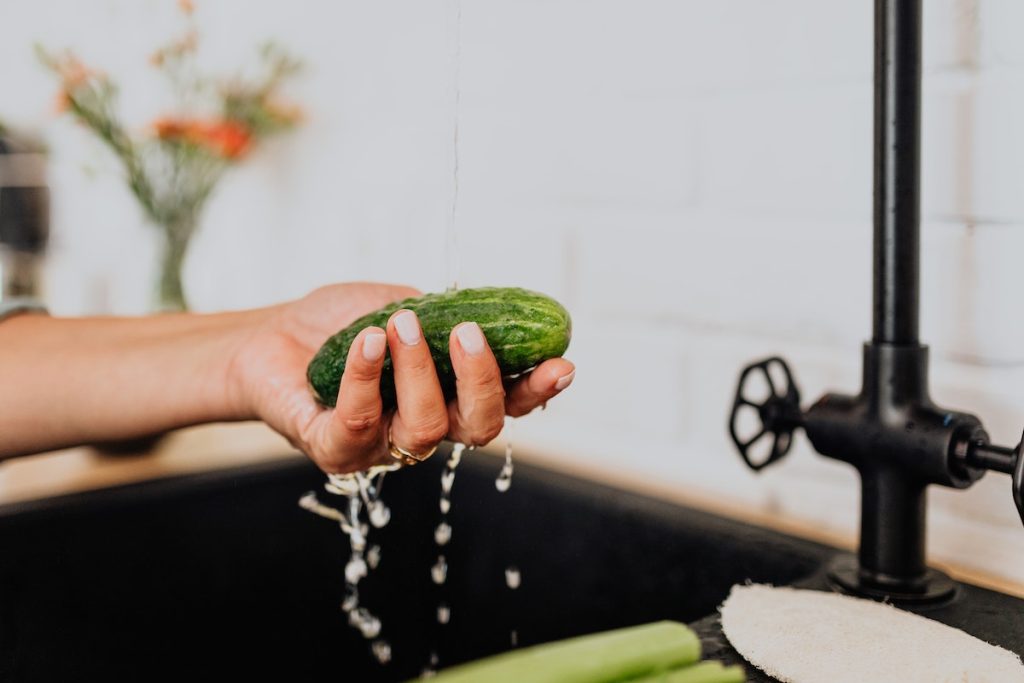- Clean and safe water is essential for human health, but 2 billion people use contaminated water sources.
- Testing home water quality for contaminants is essential and varies based on source and budget.
- Making plumbing changes and investing in residential water treatment can improve water quality.
- Drinking enough water aids digestion, nutrient absorption, and body temperature regulation. Tap water should be avoided if possible.
Water is essential to human health, and people must have access to clean and safe water. Poor quality water can result in various health problems, including gastrointestinal infections, skin infections, and other waterborne diseases. According to the World Health Organization (WHO), around 2 billion people rely on contaminated water sources for drinking, cooking, and washing. Moreover, waterborne diseases are responsible for the deaths of around 3.5 million people each year.
In addition to preventing waterborne diseases, water has various other health benefits. For example, drinking enough water helps maintain a healthy body weight, mainly when replacing sugary drinks with water. It also aids digestion, prevents constipation, and helps with nutrient absorption. Furthermore, water helps regulate body temperature, lubricates joints, and protects organs and tissues.
Despite the health benefits of water, it is essential to note that not all water is created equal. Home water quality can vary significantly based on environmental pollution, water source, and filtration systems. If you want to ensure that your water at home is safe to drink and use, you should consider taking these steps:
Test Your Water

Testing your home water quality is essential to determine its safety and portability. Even treated water may contain harmful contaminants, including bacteria, viruses, chemicals, heavy metals, and other pollutants that affect your health. Testing your water also helps identify potential issues with your plumbing or filtration systems that may cause contamination. Moreover, testing is essential to ensure compliance with local and federal regulations and avoid legal liabilities. In this regard, regular water testing should be a priority for every household.
Identify your water source.
The first step in water testing is identifying your water source. This can be a public or private supply, a well, or a cistern. Knowing the start of your water is essential to determine the level of risk of contamination and the type of test to use. For example, private wells are more susceptible to bacterial contamination, while public supplies may have higher levels of disinfectants such as chlorine.
Choose the proper test.
The next step is choosing the proper test based on your water source, concerns, and budget. Different types of water tests include essential screening, comprehensive testing, and specialized tests for specific contaminants. Basic screening tests check for common contaminants such as bacteria, lead, and nitrates. Thorough testing is more extensive and covers various pollutants, including pesticides, arsenic, and volatile organic compounds. Specialized tests focus on specific contaminants, such as radon or asbestos. You can order DIY test kits or hire a lab to perform the test.
Collect a water sample.
Once you have chosen the test, you need to collect a water sample following the instructions provided by the kit or the lab. The model should be taken from a tap regularly used for drinking, cooking, and running for at least two minutes to flush out stagnant water. The sample should be collected in a clean container and transported to the lab immediately.
Get the results.
Finally, you will receive the test results, which may take a few days to a week, depending on the type of test. If the results indicate that your water is unsafe, you should take immediate action to fix the problem. This may involve installing a filtration system, disinfecting the well or plumbing, or switching to a different water source. If the results are within the safe limits, you should monitor your water quality regularly and retest as needed.
Make a Few Plumbing Changes
Unfortunately, contamination from aging pipes and plumbing is still possible even with a proper filtration system. To reduce this risk, you should consider making simple changes to your home’s plumbing. This includes replacing old fixtures that may be corroded or cracked, fixing leaks, and installing low-flow faucets and showerheads to conserve water. These small changes can make a big difference in keeping your water safe for consumption.
Finally, to ensure the highest water quality in your home, you should consider investing in residential water treatment. Water systems come in various types and sizes and are designed to filter out contaminants such as bacteria, lead, fluoride, and chlorine. These systems range from basic water filters to more advanced reverse osmosis or ultraviolet light treatments, so it is essential to do your research before purchasing.
Avoid Drinking Tap Water

It is essential to keep in mind that tap water may be contaminated with various pollutants. Therefore, you should avoid drinking tap water and opt for filtered or bottled water. If you filter yourself, use a quality filtration system and replace the filters regularly. Bottled water is another option, but it can get expensive over time, so it is best to check the label before purchasing and look for words such as ‘purified’ or ‘distilled.’ All in all, these steps will help you ensure safe and healthy drinking water at home.
Final Thoughts
Water is essential to human health, and home water quality should be a top priority for every household. Testing your water regularly, making plumbing changes, and avoiding tap water is some of the best ways to ensure safe and clean drinking water. With these steps in mind, you can rest assured that your home’s water is safe to drink and use.
